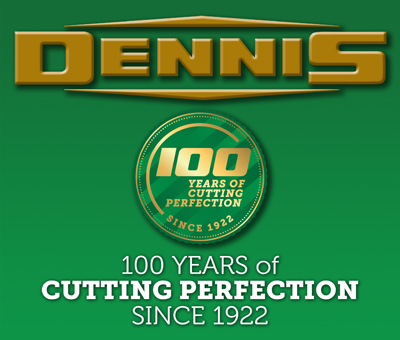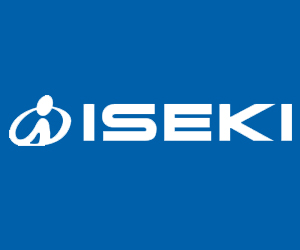Prevention is better than cure
Prevention is better than cure: As the weather warms up all potential water issues multiply, but there is a natural, environmentally-friendly, safe and cost-effective way to prevent problems before they occur with Otterbine’s range of surface and subsurface aerators.
Otterbine aerators have been successfully used as an algae control strategy to improve water clarity and quality the world over, simply by adding air and circulating oxygen in the water. This simple process stops the water from stagnating, keeps algae and aquatic weeds under control, eliminates odours, prolongs the life of the water and attracts wildlife.

Prevention is better than cure
The main difference between the two options of surface and sub surface aeration is where the aerator sits in the water: surface spray aerators, as the name suggests, sit on top of the water and throw water droplets through the air, while sub surface – or diffused air – aerators work by compressing oxygen and pumping it into the water from the bottom through specially manufactured air domes. Deciding which to go for depends on surface area, depth, quality of incoming water and available power.
Otterbine aerators are built to last, and limit the use of chemicals providing a tick to the sustainability box of every venue. They have some of the highest oxygen transfer and pumping rates in the industry – adding as much as 3.3lbs or 1.5kg of oxygen per horsepower hour into the water and pumping over 920GPM or 199m3/hr per horsepower – with independent testing from the University of Minnesota and GSEE proving it.
Robert Jackson, Division Manager for Reesink Hydro-Scapes, Otterbine’s UK distributor, says: “Otterbine aeration systems are designed to be as close to a natural solution for water aeration as possible, protecting water clarity without using excessive amounts of chemical treatments. The aim is to keep water healthy and not leave things to chance, especially as the weather is generally warming up, not just as spring and summer approach.
“Rectifying problems is always more expensive and time consuming than preventing them and Otterbine aerators are straightforward and easy to install and last for years meaning they are the perfect long-term solution.”
In a world of ever-changing weather patterns, Otterbine provides an element of control. With a comprehensive range of quality products and warranties from three to five years, Otterbine presents a long-term water management solution to a significant potential problem with very little disruption or outlay.
Discuss with the experts in water management at Reesink Hydro-Scapes how an Otterbine aerator can deliver clean, clear, healthy water naturally and prevent having to fix avoidable and costly problems, call 01480 226800 or visit reesink-hydroscapes.co.uk.
For the latest industry news visit turfmatters.co.uk/news
Get all of the big headlines, pictures, opinions and videos on stories that matter to you.
Follow us on Twitter and Instagram for fun, fresh and engaging content.
You can also find us on Facebook for more of your must-see news, features, videos and pictures from Turf Matters.

















